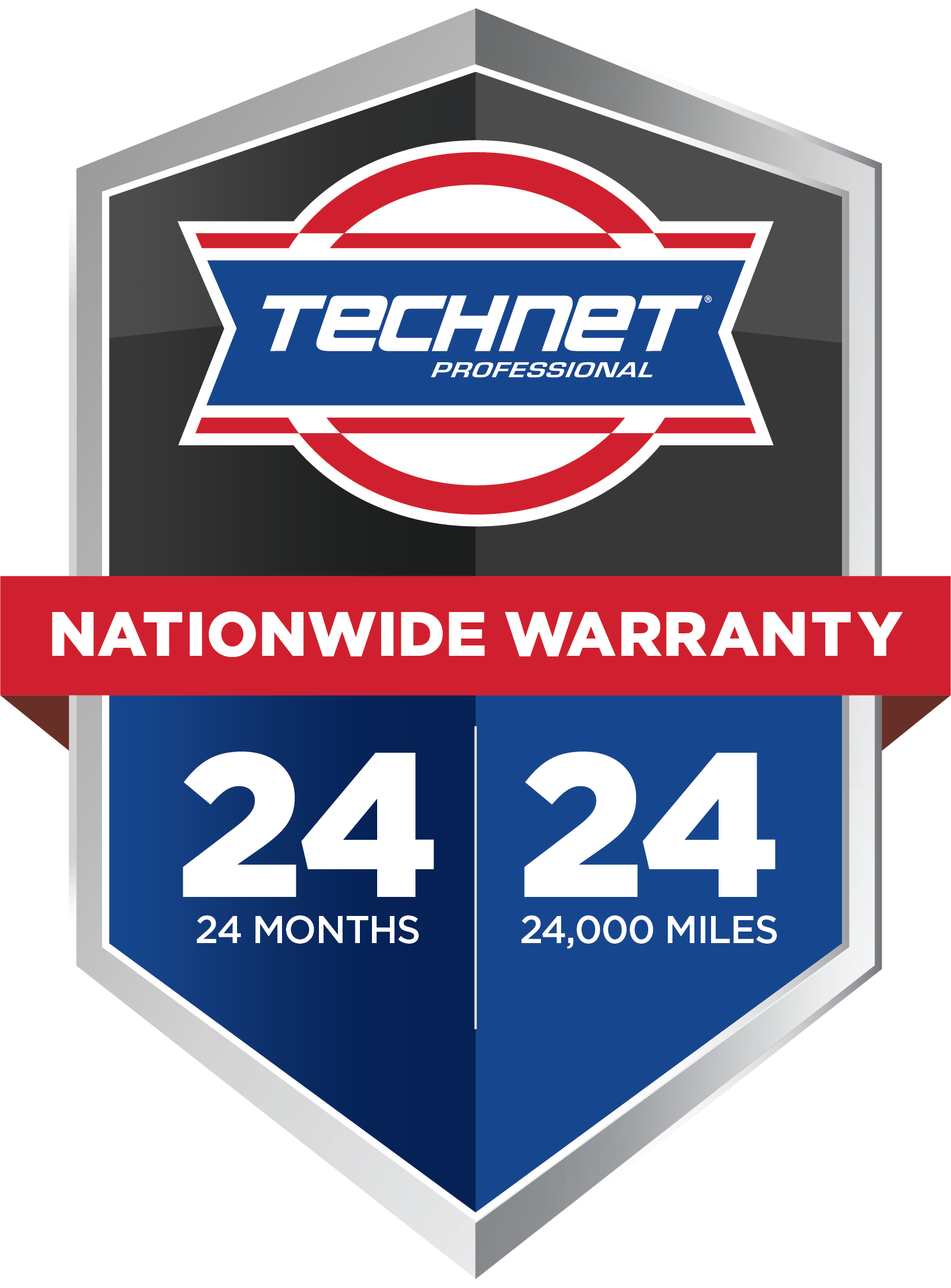On the Straight and Narrow: The Importance of Wheel Alignment

When it comes to maintaining your vehicle’s performance and safety, wheel alignment is an often overlooked yet critical aspect. Properly aligned wheels ensure that your car drives straight and handles predictably. In this blog post, we’ll delve into the world of wheel alignment, exploring its significance, how it works, signs of misalignment, the benefits of proper alignment, maintenance tips, and why professional auto service is essential to keep your vehicle on the straight and narrow.
The Significance of Wheel Alignment
Wheel alignment is significant for several reasons:
- Safety
Proper alignment improves vehicle stability and handling. - Tire Wear
Alignment issues can cause uneven tire wear, leading to premature replacement. - Fuel Efficiency
Correct alignment contributes to better fuel economy. - Steering Response
Well-aligned wheels respond accurately to steering inputs.
How Wheel Alignment Works
Wheel alignment involves adjusting the angles of the wheels to the manufacturer’s specifications. The primary angles adjusted during alignment include:
- Camber
The vertical tilt of the wheels. - Toe
The horizontal angle of the wheels, whether they point inward or outward. - Caster
The angle of the steering axis when viewed from the side.
Signs of Misalignment
Common signs of wheel misalignment include:
- Vehicle Pulling
The car pulls to one side when driving straight. - Uneven Tire Wear
Tires wear unevenly, with one side showing more wear than the other. - Steering Wheel Off-Center
The steering wheel is not centered when driving straight. - Vibration
You feel vibrations through the steering wheel or seat.
Benefits of Proper Wheel Alignment
Proper wheel alignment offers several benefits:
- Tire Longevity
Even wear extends the life of your tires. - Improved Handling
Your vehicle handles predictably and safely. - Fuel Savings
Proper alignment contributes to better fuel efficiency. - Safety
Reduced risk of accidents due to improved vehicle stability.
Maintenance Tips for Wheel Alignment
To ensure your vehicle’s wheels remain properly aligned, consider these maintenance tips:
- Regular Inspection
Include alignment checks during routine maintenance. - Alignment after Suspension Work
Get an alignment check after suspension repairs or modifications. - Avoid Potholes
Drive cautiously to minimize the risk of misalignment from road hazards.
Why Professional Auto Service Matters
Professional auto service is essential for wheel alignment because:
- Expertise
Skilled technicians understand alignment systems and related issues. - Precision Equipment
Auto shops use specialized alignment machines for accuracy. - Quality Alignment
Reputable providers ensure your wheels are aligned to manufacturer specifications. - Safety
Proper alignment enhances vehicle stability and handling. - Preventative Care
Professionals can detect alignment problems before they cause significant issues.
Wheel alignment isn’t just about driving straight; it’s about your vehicle’s safety, performance, and longevity. Understanding its significance, recognizing signs of misalignment, and adhering to maintenance schedules are essential for responsible car ownership. However, entrusting wheel alignment to professional auto service providers is the key to ensuring your vehicle stays on the straight and narrow, allowing you to enjoy a smooth, safe, and efficient ride for miles to come.











